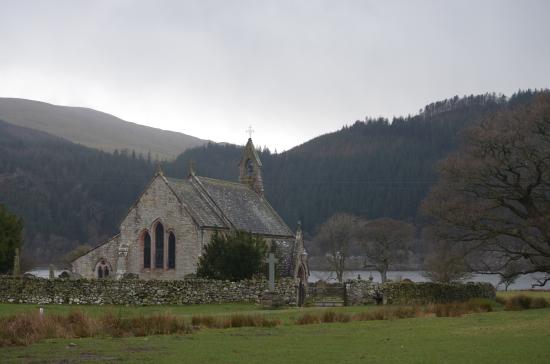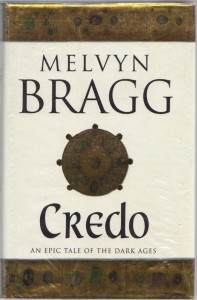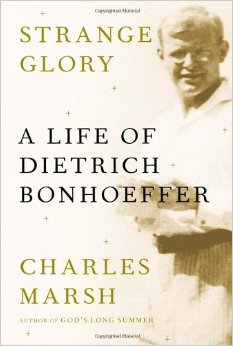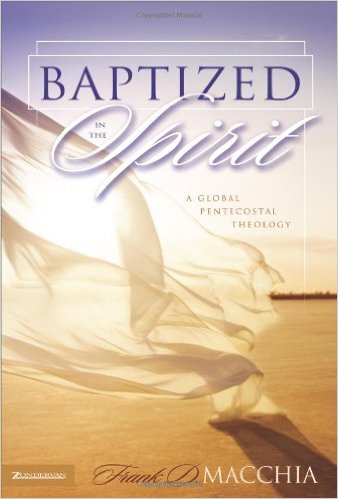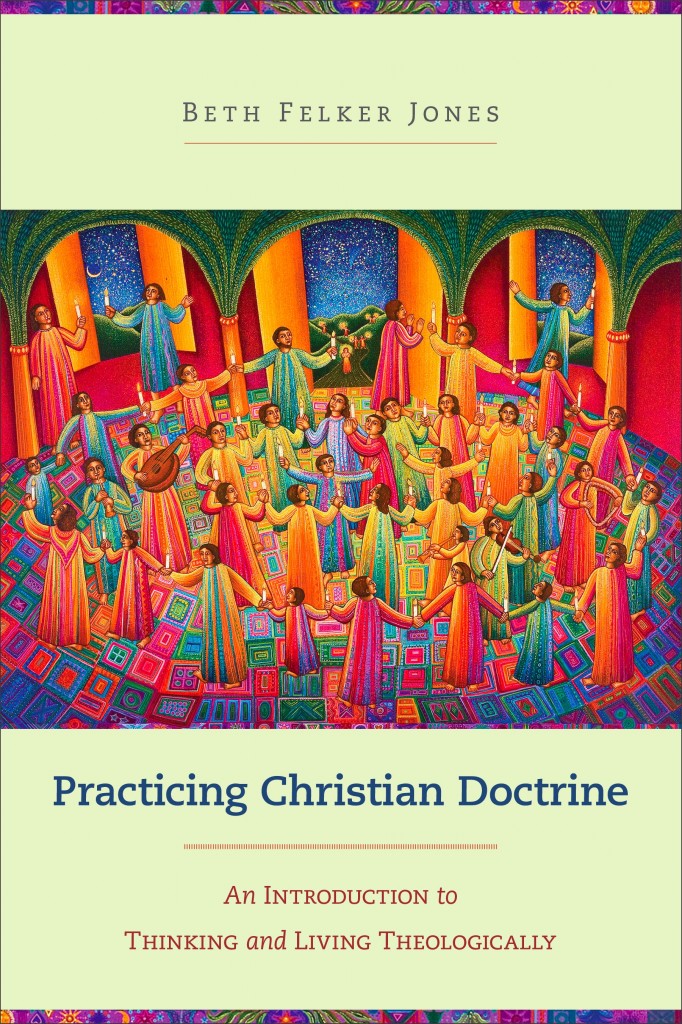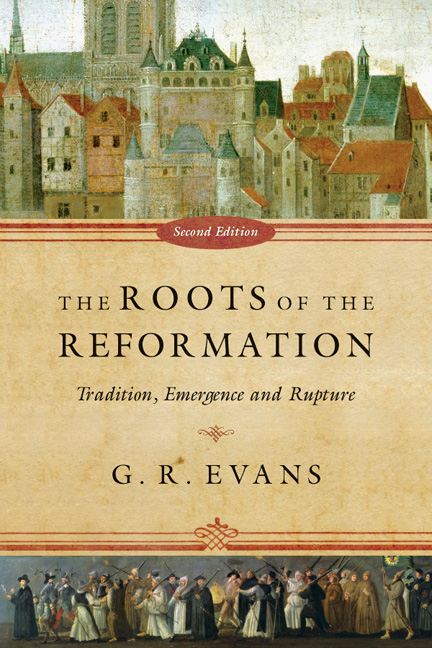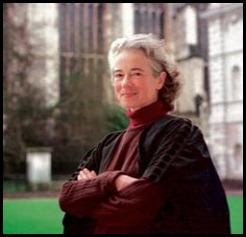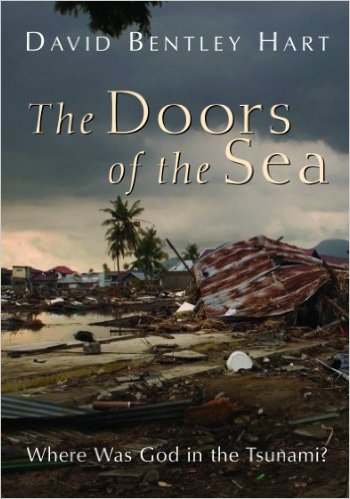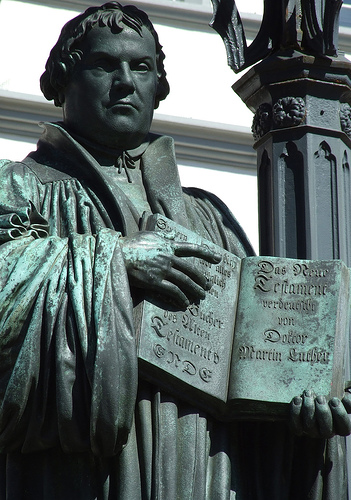 Luther’s Reformation never settled during his lifetime; his vision was never realised. In the 1530s the movement faced questions and opposition on three sides, from the Anabaptists, the Catholics, and the Zwinglians. Of these, a rapprochement was possible only with the third, and this was the work of the princes in the formation of the Smalcald League, which sought to unify Protestants and Protestant territories. Indeed, as he aged, Luther remained or even grew more polemical, especially toward the papacy, but also toward Anabaptists and Jews. His hope that the true church would emerge and thrive at the preaching of the gospel was not to be. Even Wittenberg was “home to no more true Christians than any other place” (282).
Luther’s Reformation never settled during his lifetime; his vision was never realised. In the 1530s the movement faced questions and opposition on three sides, from the Anabaptists, the Catholics, and the Zwinglians. Of these, a rapprochement was possible only with the third, and this was the work of the princes in the formation of the Smalcald League, which sought to unify Protestants and Protestant territories. Indeed, as he aged, Luther remained or even grew more polemical, especially toward the papacy, but also toward Anabaptists and Jews. His hope that the true church would emerge and thrive at the preaching of the gospel was not to be. Even Wittenberg was “home to no more true Christians than any other place” (282).
For himself, however, Luther did not doubt. On the evening of his death he was asked by one of his associates whether he was ready to die trusting in Christ and standing by what he had taught. “A distinct ‘yes’ emerged from his mouth before Luther turned on his right side and went to sleep.” He died later that night without priest, confession of sins, or anointing with oil (284).
No doubt Luther never imagined some of the results which would spring from his activity. He gave the Germans a Bible in their own language, and many read it in their own way, some “enslaving themselves verse by verse to a paper pope” (228). His emphasis on Christian freedom was taken by some in antinomian directions, while others insisted on obedience to the law.
Separating religion from moralism was Luther’s revolutionary innovation and simultaneously the reason why he was often misunderstood and rejected. It defied the age-old purpose of religion: to gain access to the divine and then to please the gods in order to obtain their blessing and reward. … Christianity had mostly fit that template and Luther’s attempt to alter it was bound to meet enormous resistance, even though he was able to sum up his view in one sentence: “True religion demands the heart and the soul, not deeds and other externals, although these follow if you have the right heart. For where the heart is, everything else is also there” (233-234).
True religion is not and cannot be grounded in law and works: in accord with his vision of the gospel, it is faith that frees. True religion is not morality. Faith, and the life that issues from it, is all the work of the Holy Spirit. This did not mean, however, that Luther had no place for the law. Against his long-time associate and friend John Agricola who argued that the law should not be preached or taught lest people think that faith is insufficient for salvation, Luther said, “I myself, as old and as learned as I am, recite the commandments daily word for word like a child” (257). Hendrix notes that being Luther’s friend could be a precarious relation. His rejections of Karlstadt and Agricola suggested that Luther tied collegial friendships to like-mindedness and deference.
Since 1521, Luther believed he was subject only to the Lord himself, who had shown him the genuine gospel and entrusted him with its propagation. Feeling the weight of that divine sanction, Luther would do almost anything to ensure that the reformation prospered, and that included adapting the evangelical message to a shifting audience. Agricola could not accept the adaptation, and Luther’s heartless behavior drove Agricola away. … For Luther, the “adversary” was any person or group who would not cooperate with his mission to restore a purified Christianity to Germany (258, 264).
The issue that dominated Luther’s thought in the final years of his life concerned the identity of the true church. In Luther’s view, the rise of Protestantism was not a split from the Roman Catholic Church, but the preservation of the true church which had always existed. It was the Roman hierarchy which had betrayed true Christianity and as such had become a false church (268). The true church is never the institution but the gathering of believers to hear, believe and keep the “pure” Word of God.
True Christendom, like true religion, consisted only of people who conveyed to one another the word of God, believed it, and kept it with all the freedom, charity, crosses, and shortfalls that it brought. Religious institutions served only as facilitators of that true religion (262).
In reality, however, Hendrix argues that it was practical issues—the lived spirituality—of the different groups that hindered reconciliation, rather than the politics or theology of the day. Even when some rapprochement appeared possible, neither Catholics nor Protestants were “willing to budge on the same practical issues that had divided them since the ninety-five theses of 1517: indulgences, celibacy of priests, enumerating sins at private confession, private masses, and so forth” (262). “Doctrines were discussable because they were concepts that mattered mainly to theologians; but religious practices were not negotiable because they gave access to the presence and power of the divine, and that access was the reason religion existed” (221). Where the divine is concerned, where everything is at stake, compromise becomes impossible:
History is always a reconstruction of the past that reflects the bias and the unavoidable short-sightedness of those who write it. And when religion is the subject, there is no way to verify what was true or false. One person’s true religion was the other person’s heresy or fanaticism. Religious colloquies did not succeed in reconciling Catholics and Lutherans—not to mention other Protestants, Muslims, and Jews—because hidden beneath the differences about what was true and what was false were the stakes identified by Luther: mercy and life, or wrath and death. Tradition, customs, injustices, and ethnic loyalties also played their parts, as they still do in the choice and exercise of religion. In sixteenth-century Europe, however, religious conflicts were so bitter and conciliation so rare because, for most people involved, including Martin Luther, everything was at stake (269).


